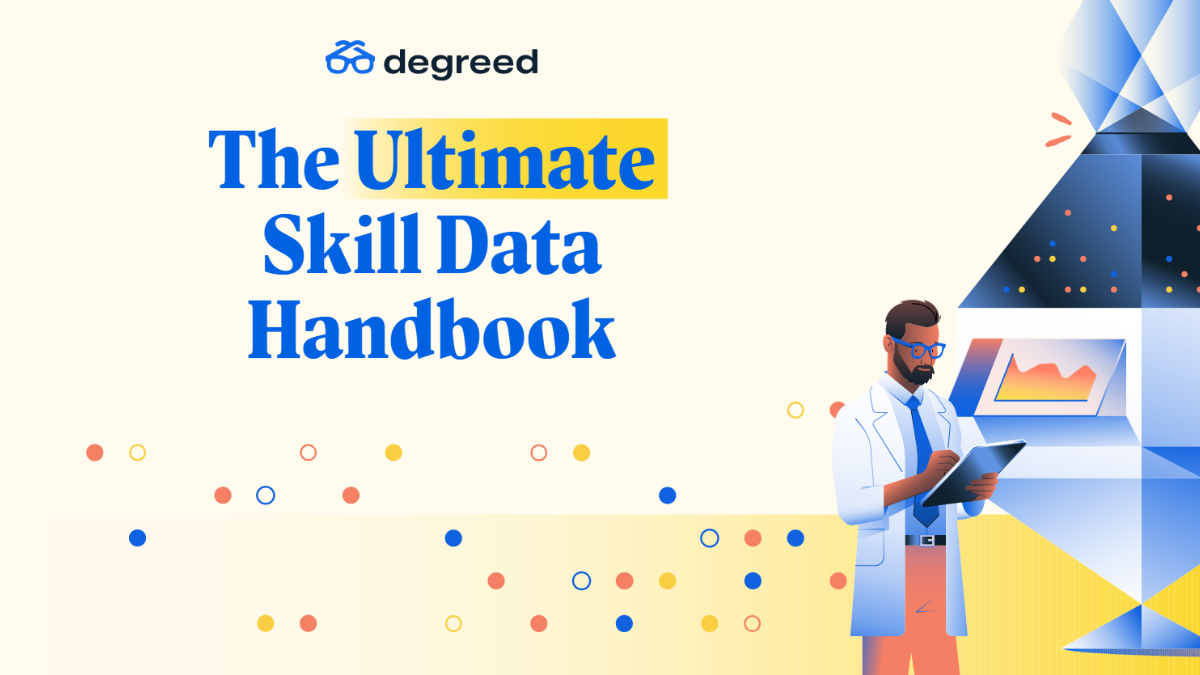If you’re like most HR, talent, and learning professionals, you’re looking for new ways to be a business enabler, which means being more data-driven and strategic about people development. Organizations that prioritize data-driven decision-making are twice as likely to have significantly exceeded business goals.
Companies too often view corporate learning, talent, and HR technologies as an expense rather than an investment in growth. But that’s an outdated narrative, and it’s changing fast.
On top of their traditional responsibilities, people teams are now also expected to enable revenue growth and business agility throughout the employee experience.
Managers are under more pressure than ever. Constant business disruptions brought on by the pandemic have executives looking to L&D and HR teams to keep their workforces agile and ahead of the competition — and to do more with less.
So how can you prepare your workforce for the future? It starts with skill data.
Skill data can provide visibility into the supply and demand for your organization’s skills. And it can help you align your workforce with your business imperatives, save money, and increase employee engagement.
But it’s not simply about accessing data; it’s about understanding your data sets to use them correctly, responsibly, and efficiently. So you can bridge the gap between learning and talent initiatives and organizational goals.
The field is still emerging — and evolving fast. We’d like to provide some clarity to help L&D and HR leaders make better informed investments with skill data. However, we know there are not yet common standards around this topic, so this guide also aims to provoke debate to advance the state of the art, which is not yet meeting the demands of 21st-century businesses. For those with something to add to the subject of skill data, we encourage feedback and welcome discussion.
Please fill out the form to access the content
Resource Sponsored By


